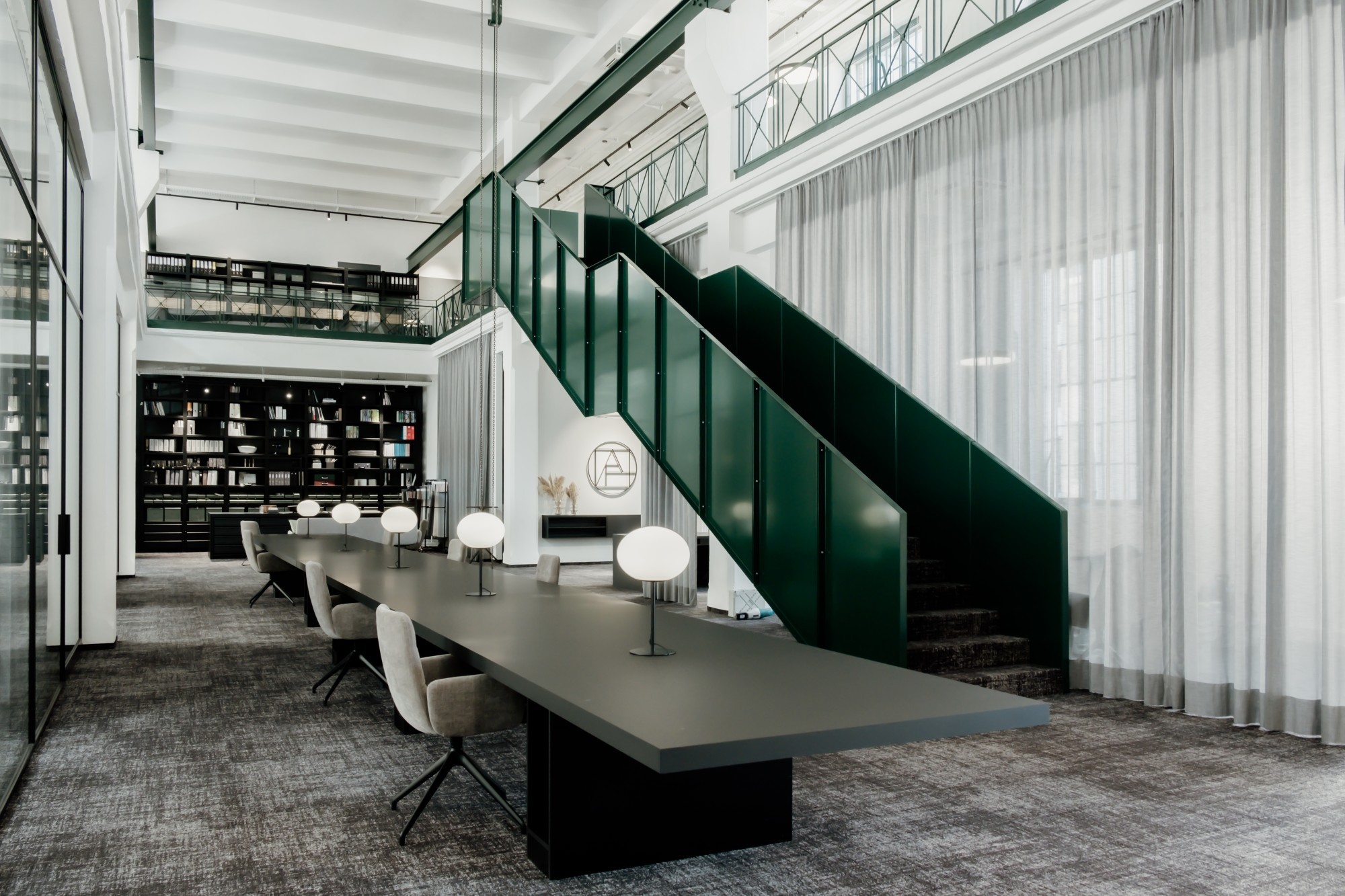Vienna - Progress through beauty?
When you think of Vienna, you probably think of Sacher cake, Johann Strauss or Falco and maybe also of the famous coffee houses or Viennese sausages. However, many visitors may not be aware at first glance that Vienna has a long tradition as the capital and cradle of modern European design.
Photography and editing: Katharina Wind and Maximilian Hülshoff

Progress through beauty? This title may not be immediately obvious to one because of that. Progress through Beauty is the title of an exhibition currently running at the Museum of Applied Arts in Vienna, the MAK. This exhibition is the largest retrospective of Josef Hoffmann's work to date.
Josef Hoffmann? Anyone who is professionally involved in design will certainly have heard, read or picked up this name somewhere. Each of us has certainly encountered an object whose impression or design is based on an aesthetic principle conceived by Hoffmann. We took a look at this exhibition for you.
Josef Hoffmann lived from 1870 to 1956, lived under five different political systems and experienced two world wars. Throughout his life, Vienna was the center of his creative work. Vienna and design are two almost mystical terms when one thinks of the Wiener Werkstätte, the Vienna School of Applied Arts, the Vienna Secession - which Josef Hoffmann also co-founded - and other great architects, designers and artists of the time such as Gustav Klimt, Oskar Kokoschka, Egon Schiele, Otto Wagner, Adolf Loos and Koloman Moser.
Speaking of Adolf Loos, in Vienna you don't have to bother looking for a bar. There is only one bar: the Loos Bar. Even Viennese say about their city. This small but fine bar was planned and equipped by Adolf Loos in 1908 and captivates with its incredibly beautiful interior of glass, onyx, brass and wood. Here, progress was beauty at the same time.

At the time, the Wiener Werkstätte, initiated and co-founded by Josef Hoffmann, was the epitome of modernism. Aesthetic standards, design and production were to be combined, according to Hoffmann. Production methods were to be professionalized and the work more sophisticated. The background to this thinking was the demand on himself and on the times not only to reproduce the traditional, but to combine form and function, functionality and aesthetic sensibility with his designs that were close to life. Josef Hoffmann already designed entire furnishings at that time, which were coordinated in detail. Particularly impressive in the exhibition in the style of Hoffmann designed holders for toilet paper.

The Wiener Werkstätte was synonymous with this modern idea; it wanted to lead society into aesthetic modernity through the beauty of the everyday objects it designed, such as cutlery, tableware, door handles, but also chests of drawers, mirrors, picture frames through chairs, armchairs and dining tables. Walking through the exhibition - you should allow at least two hours - one is always fascinated by the precision craftsmanship and timeless beauty with which many of the objects designed by Hoffmann still affect us today. And one discovers many forms that one has seen somewhere before. Be it designed glass such as vases or wine glasses - some of whose designs are still bestsellers of one of the most famous glass manufactories in the world - or patterns for fabrics or wallpaper designed by Hoffmann, or principles of architecture that we still consider modern architecture today.



Much of what Josef Hoffmann demanded, established and taught generations of designers, architects and graphic artists through his numerous teaching activities can also be found at KFF. The greatest possible care is taken in the selection of materials, and the variety of colors and materials knows hardly any bounds. Similar to the Wiener Werkstätte, there is an unwavering commitment to perfect craftsmanship in the design of seating furniture, and to absolute precision from the first to the last step of production. So that in the end there is a product which, both in its beauty and in its craftsmanship, will still have the impression of timeless beauty decades from now. Freely according to the motto of the Viennese Secession - to the time its art, to the art its freedom - that every time has and deserves its own form and design language.
At KFF, we rise to this challenge: to always be open to the new, to take up the new, but also to create the new. As with the NEST models by designer Volker Hundertmark, or the various GAIA or ALICE models by designer Monica Armani. Is progress possible through beauty? Josef Hoffmann would probably have said that without beauty there can be no progress. And we at KFF are happy to endorse this opinion.

NEST LOUNGE Easy chair
The exhibition »Josef Hoffmann - Progress through Beauty« runs at the MAK until Sunday, June 19, 2022.
More Inspirations & Stories
High-quality and star-awarded restaurants need furnishings that are just as high-quality as they are nuanced to the individual needs and philosophy of the kitchen in each case. KFF and star restaurants have more in common than you might think at first glance.
Cookbook author and food photographer Stefanie Hiekmann invited us for a relaxed trial run and pizza shoot day and let us in on a few secrets.




